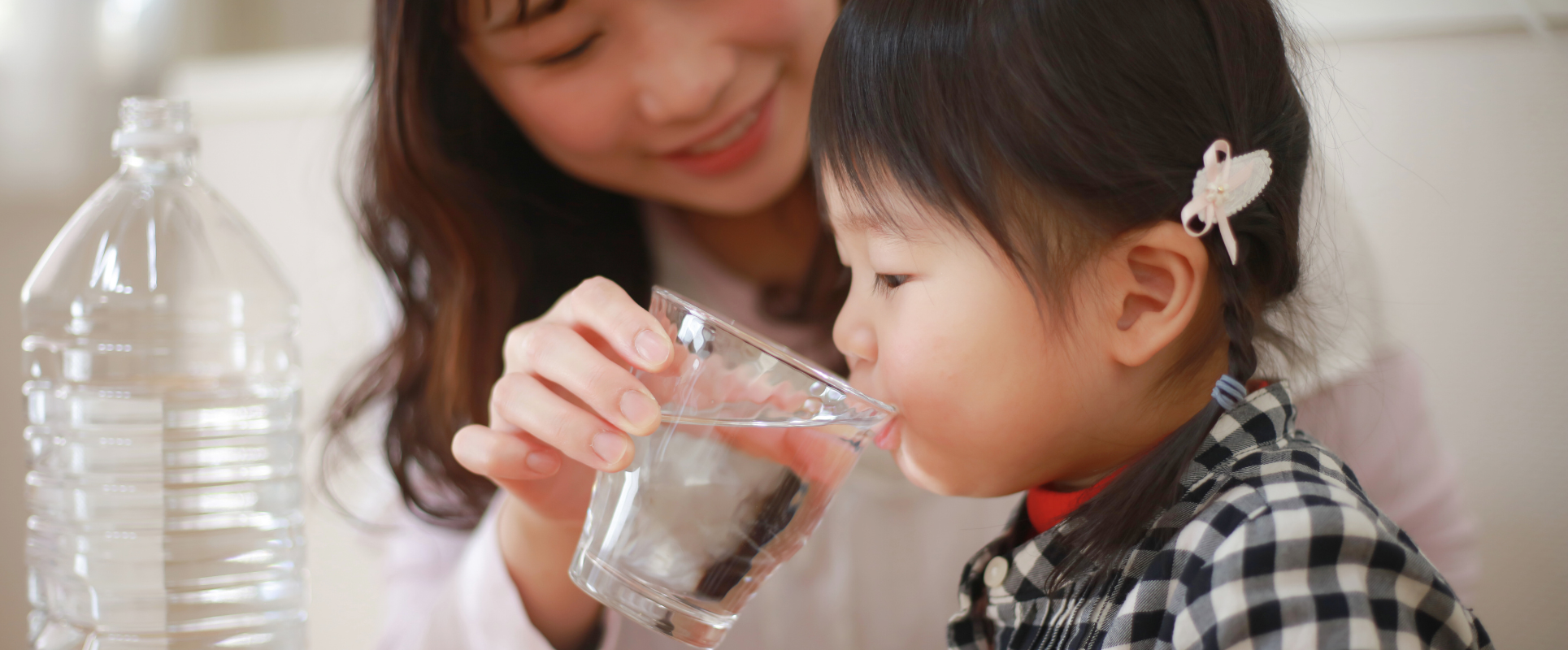
Worm Infections in Children: Causes, Symptoms, Treatment and Prevention
As parents, nothing matters more than your child’s health and comfort — especially when it comes to issues that can affect their growth and energy. Worm infections may sound alarming, but with the right knowledge and care, they’re both treatable and preventable.
At DabiDabi, we believe in equipping families with clarity and confidence, so here’s everything you need to know.
1. What Are Worm Infections?
Worm infections (or helminth infections) happen when parasitic worms such as pinworms, roundworms, hookworms, or tapeworms live in a child’s digestive tract. These parasites feed on nutrients, sometimes causing anemia or affecting your child’s appetite, growth, and overall wellbeing.
2. Common Types of Worms Found in Children
-
Pinworms – The most common in preschoolers and school-aged children. Spread by scratching and transferring microscopic eggs.
-
Roundworms – Large worms that can cause bloating and even intestinal blockage in severe cases.
-
Hookworms – Enter through the skin, often from walking barefoot on contaminated soil. Can cause iron-deficiency anemia.
-
Tapeworms – Contracted through undercooked meat. Less common, but still a concern.
According to the CDC, worm infections are most prevalent in areas with poor sanitation, but they can also spread quickly in daycare or group settings.
3. Signs and Symptoms to Watch For
Not all worm infections are obvious but here are the signs that deserve attention:
-
Itchy bottom, especially at night
-
Tummy pain, bloating or nausea
-
Weight loss or poor weight gain
-
Fatigue, irritability
-
Increased appetite with no weight gain
-
Visible worms in stool or around the anus
-
Anemia (especially in hookworm infections)
If you notice any of these symptoms lasting more than a few days, speak to your pediatrician.
4. How Do Children Get Worm Infections?
Children are curious and love to explore — often with their hands and feet. Worms typically enter the body through:
-
Touching contaminated surfaces and then their mouth
-
Eating unwashed fruits or vegetables
-
Drinking untreated water
-
Walking barefoot on infected soil
-
Poor hand hygiene before meals or after using the toilet
5. Diagnosis and Treatment
Doctors may use:
-
Stool samples (to find worm eggs)
-
Tape tests (for pinworms)
-
Blood tests (to check for anemia or high eosinophils)
-
Imaging (in rare severe cases)
Treatment involves safe, child-approved medications such as albendazole, mebendazole or pyrantel pamoate. Often, just one or two doses are needed but always under your doctor’s guidance.
Some pediatricians recommend treating all family members in case of pinworms to avoid reinfection.
6. Prevention: Simple Steps, Big Impact
-
Teach proper handwashing with soap and water — before eating, after the toilet, after playing outdoors.
-
Keep nails short and clean to prevent egg transfer.
-
Always wash fruits and vegetables thoroughly.
-
Drink only clean, filtered water.
-
Wear shoes outdoors, especially when traveling.
-
In high-risk areas, ask your doctor about routine deworming every 6–12 months (as recommended by WHO).
7. Nutrition and Recovery
Worm infections can drain nutrients. Help your child bounce back with:
-
Iron-rich foods: spinach, lentils, lean meat
-
Plenty of fluids
-
Balanced, age-appropriate meals
-
Extra rest during recovery
Final Thoughts from DabiDabi
Worm infections are common — but they’re also manageable. With clean habits, timely care and a watchful heart, you can protect your child from discomfort and long-term health effects.
At DabiDabi, we walk alongside families at every stage — not only to care for skin, but to support wellbeing in every sense.
Born2Care: Care for skin. Care for children. Care for a better future.
References
-
Centers for Disease Control and Prevention (CDC). Soil-transmitted Helminths. https://www.cdc.gov/sth/about/
-
World Health Organization (WHO). Soil-transmitted helminth infections – Key facts. https://www.who.int/news-room/fact-sheets/detail/soil-transmitted-helminth-infections
-
Mayo Clinic. Pinworm infection (Enterobiasis). https://www.mayoclinic.org/diseases-conditions/pinworm/symptoms-causes/syc-20376382
-
Kliegman RM, St. Geme JW. Nelson Textbook of Pediatrics, 21st Edition. Elsevier, 2020.
-
American Academy of Pediatrics. Managing Helminthic Infections in Children. In: Red Book: 2021 Report of the Committee on Infectious Diseases.








